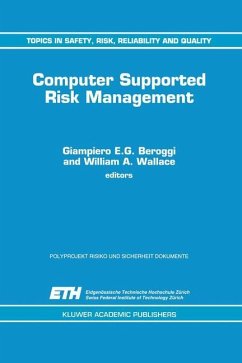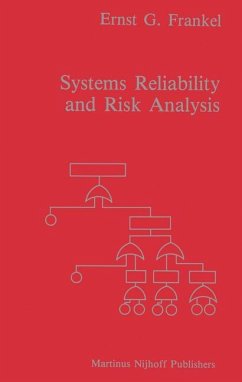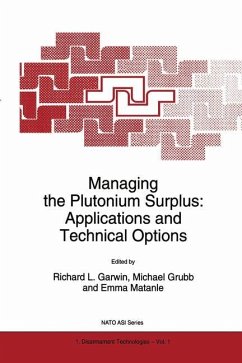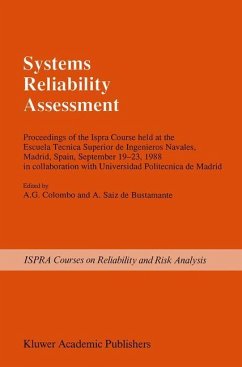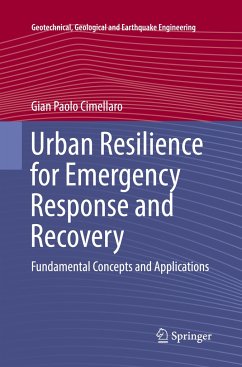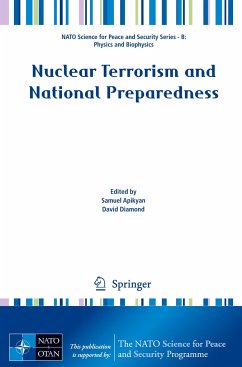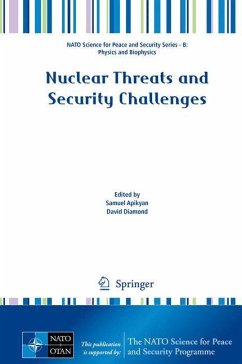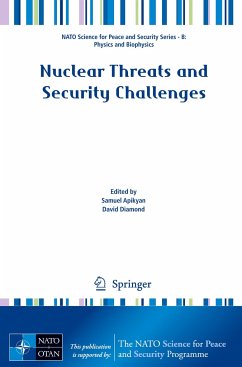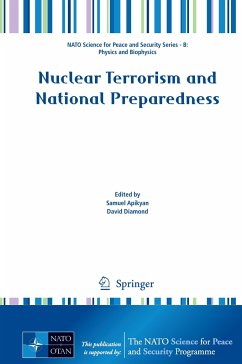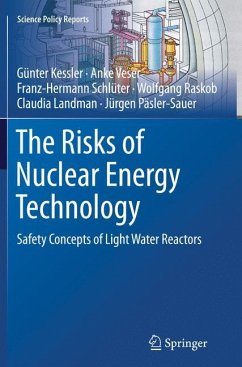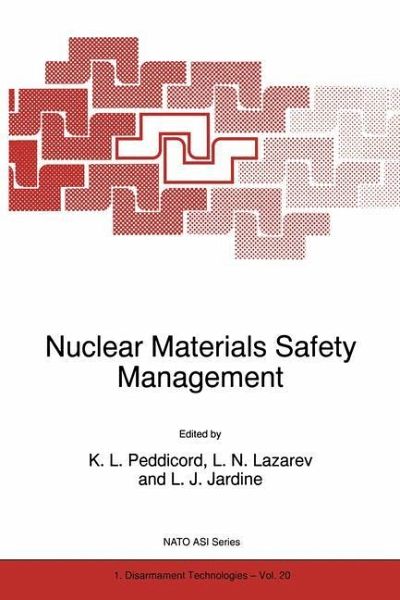
Nuclear Materials Safety Management

PAYBACK Punkte
57 °P sammeln!
With the end of the Cold War, new opportunities for interaction have opened up between the United States and the countries of the Former Soviet Union. Many of these important initiatives involve the US Department of Energy (DOE) and the Ministry of the Russian Federation for Atomic Energy (MINA TOM). Currently, collaboration is under way which involves reactor safety, the disposition of fissile materials from the weapons program, radioactive waste disposal, and the safety of nuclear warheads. Another fruitful area of interchange resulted from the radiochemical storage tank accident at the site...
With the end of the Cold War, new opportunities for interaction have opened up between the United States and the countries of the Former Soviet Union. Many of these important initiatives involve the US Department of Energy (DOE) and the Ministry of the Russian Federation for Atomic Energy (MINA TOM). Currently, collaboration is under way which involves reactor safety, the disposition of fissile materials from the weapons program, radioactive waste disposal, and the safety of nuclear warheads. Another fruitful area of interchange resulted from the radiochemical storage tank accident at the site of the Siberian Chemical Compound at Tomsk-7 in 1993. DOE and MINATOM agreed to meet and exchange information about the accident for the purposes of improving safety. A meeting on the Tomsk tank accident was held in Hanford, Washington in 1993, followed by a second meeting in st. Petersburg, Russia in 1994 in which the agenda expanded to include radiochemical processing safety. A third exchange took place in 1995 in Los Alamos, New Mexico, and additional papers were presented on nonreactor nuclear safety. Following a planning session in 1996 in Seattle, Washington, it was decided to hold a fourth technical exchange on the broader subject of nuclear materials safety management. Through a grant from the North Atlantic Treaty Organization (NATO) Disarmament Programme, the meeting took place on March 17- 21, 1997, in Amarillo, Texas as a NATO Advanced Research Workshop (ARW) through grant no. DISRM 961315.





